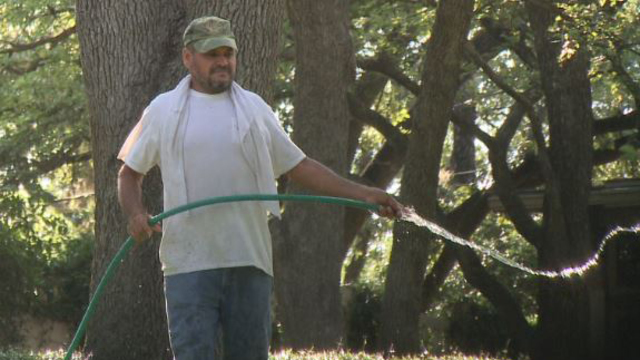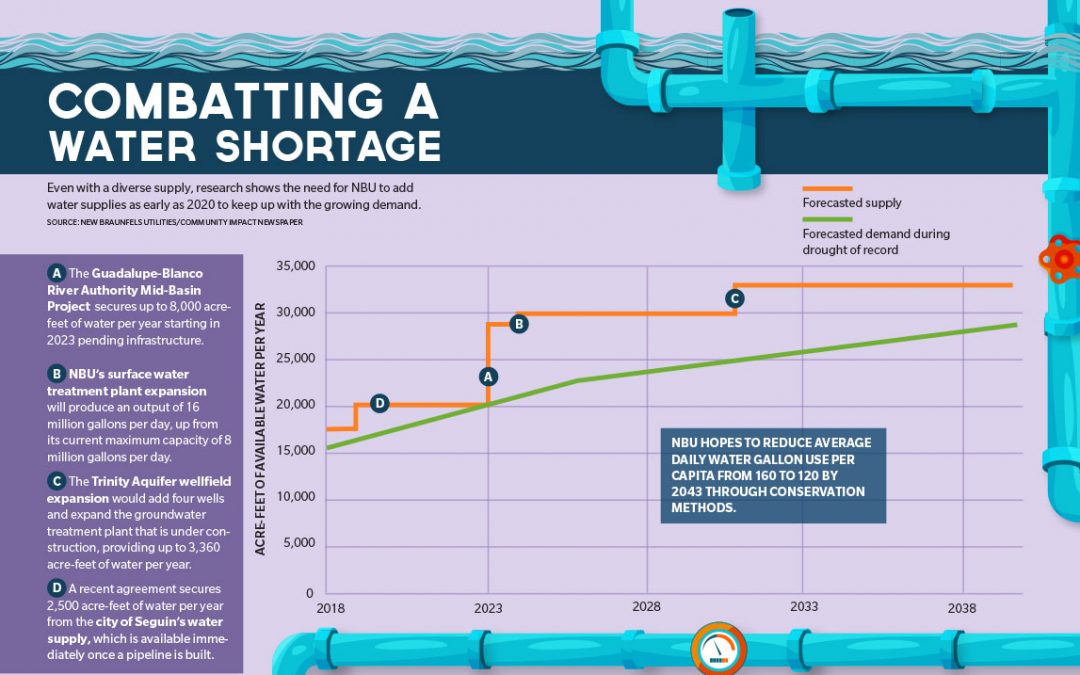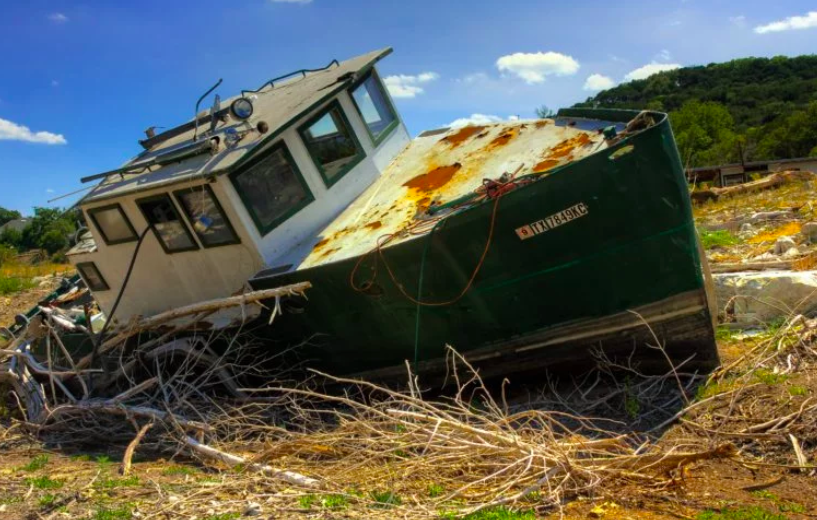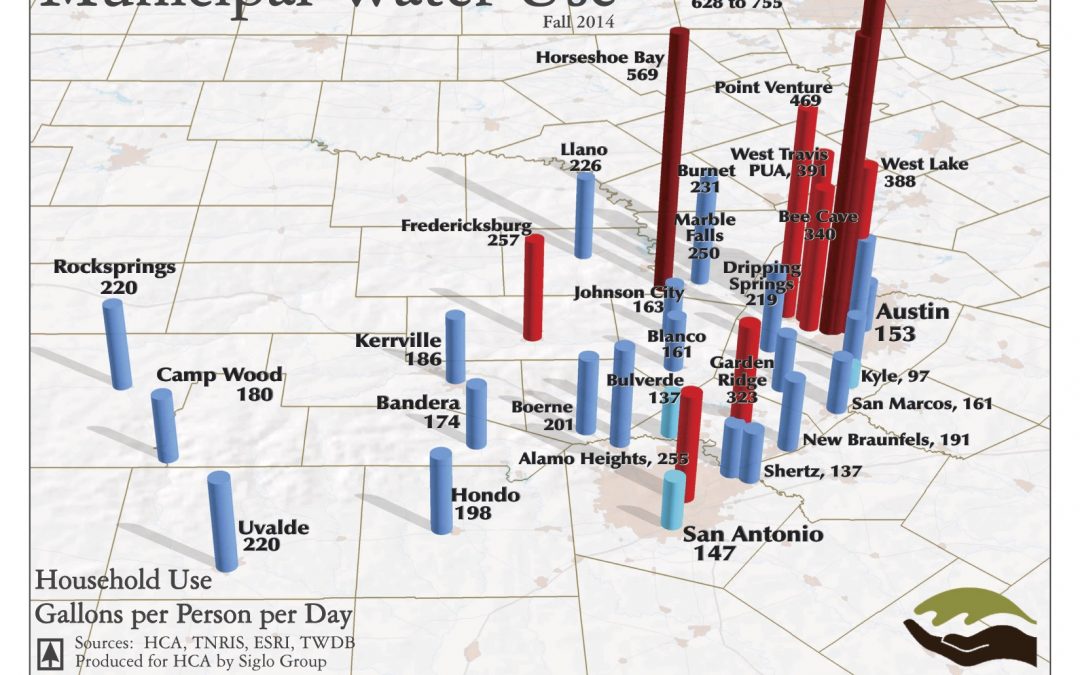
by Karen Ford | Aug 29, 2018 | Drought, News, Water Conservation
Water restrictions are in effect starting Monday in Austin, the first time in two years Austin Water has cut back the number of hours residents can water their lawns. Lake Travis and Lake Buchanan have dipped below a combined 1.4 million feet of water, triggering the...

by admin | Aug 9, 2018 | News, Water Conservation
One of the biggest freshwater reservoirs in the worlds is, literally, up in the air. Between 6 and 18 million gallons of freshwater hover above every square mile of land, not counting droplets trapped in clouds. Scientists realized this centuries ago but they have...

by admin | Jul 26, 2018 | News, Water Conservation, Water Planning
In late May, New Braunfels Utilities approved a strategic water resources plan that will help guide accommodations for the next 20 years. “So we looked at supply and we projected demand,” NBU Chief Executive Officer Ian Taylor said. The plan, which will be updated...

by admin | Jul 16, 2018 | Drought, Groundwater Resources, News, Water Conservation, Water Planning
An Austin advertising legend who once helped sell “Don’t mess with Texas” is now working with state officials on a sequel: a campaign to get Texans to cherish water, from their lakes to their sinks. Roy Spence, one of the founders of ad giant GSD&M, is partnering...

by admin | Jun 30, 2018 | Drought, News, Water Conservation, Water Planning, Water Resources
The invisible line that divides the arid western part of the country from the wetter eastern half is on the move, and that has important implications for the Texas capital. Meet Robert Lee. Not the Confederate general, the town. Robert Lee, Texas is a ranching...

by admin | Jun 29, 2018 | Low Impact & Sustainable Development, News, One Water, Water Conservation, Water Planning, Water Resources
For centuries, the Texas Hill Country has been a region defined by its water resources. Early European settlers traced the paths of the San Antonio, Nueces, Guadalupe, and Colorado Rivers, following their rocky beds, spring-fed tributaries, and shallow draws, no doubt...






